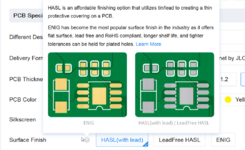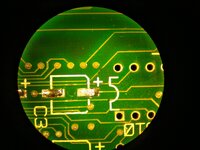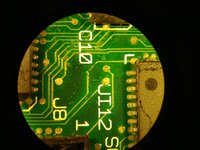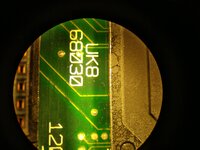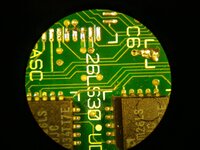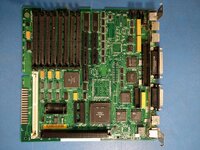Is it still cool to document reloaded builds? I was lucky enough to get a board from zigzagjoe's recent batch. This is Bolle's Rev04 with croissantking's fix, green solder mask, and HASL finish, which solders like a dream. Also has all of the "birdseed" components on the bottom pre-populated, which is a huge time-saver.
Most of my parts showed up last weekend and I spent about 5 hours assembling. Here's how far I got:
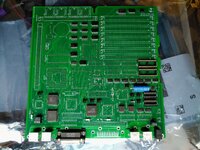
All the SOICs, all the fuses, all the inductors, most of the caps, most of the connectors, some of the PLCCs, and a couple of DIP sockets are populated. My order from Phoenix Enterprises should arrive tomorrow, which has the CPU socket, RAM and ROM slots, SCSI and floppy connectors, and the rest of the DIP sockets.
I am using my board from this thread as a donor. Some might cry foul because it wasn't hopelessly battery bombed, and it should have been possible to save it with a couple more bodge wires, but I just got tired of beeping out traces. I'm having a lot of fun building the new board up, and isn't having fun what this hobby is about? I'm excited to have a fresh start without blackened, degraded traces from cap juice corrosion creeping under the solder mask. Thanks to everyone who contributed to make the Reloaded boards a reality.
Most of my parts showed up last weekend and I spent about 5 hours assembling. Here's how far I got:

All the SOICs, all the fuses, all the inductors, most of the caps, most of the connectors, some of the PLCCs, and a couple of DIP sockets are populated. My order from Phoenix Enterprises should arrive tomorrow, which has the CPU socket, RAM and ROM slots, SCSI and floppy connectors, and the rest of the DIP sockets.
I am using my board from this thread as a donor. Some might cry foul because it wasn't hopelessly battery bombed, and it should have been possible to save it with a couple more bodge wires, but I just got tired of beeping out traces. I'm having a lot of fun building the new board up, and isn't having fun what this hobby is about? I'm excited to have a fresh start without blackened, degraded traces from cap juice corrosion creeping under the solder mask. Thanks to everyone who contributed to make the Reloaded boards a reality.
Last edited:

